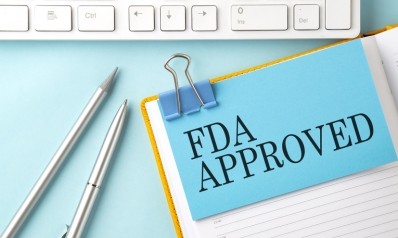ICCF seeks feedback to inform environmental risk assessment of feed ingredients

The publication was developed by an expert group under the umbrella of the International Cooperation for the Convergence of Technical requirements for the Assessment of Feed Ingredients (ICCF).
It can be used to determine when any feed ingredient needs a review as regards to its potential environmental impacts and, if it does, what is needed in that study to show no detrimental effects.
It provides an approach for evaluating whether an environmental risk assessment is required based on exclusion criteria and models for calculating the concentration of the feed ingredient in the relevant environmental compartments - soil and water.
The founding members of the ICCF include the Canadian Food Inspection Agency (CFIA), the European Commission (DG SANTE), the US Food and Drug Administration (FDA), the American Feed Industry Association (AFIA), the Animal Nutrition Association of Canada (ANAC), the EU Association of Specialty Feed Ingredients and their Mixtures (FEFANA) and the International Feed Industry Federation (IFIF).
The specialists that developed the guidance were drawn from the founding member organizations of the ICCF. That entity was launched in 2017 with the aim of developing and establishing common guidance documents to provide technical recommendations for the assessment of feed ingredients. The initiative is also aimed at helping to ensure free and fair trade of feed ingredients.
In terms of the benefits to stakeholders of their guidance documents, the ICCF says that whether a company needs a feed ingredient to be authorized or not, the ICCF developed tools will support them in conducting their own risk assessment, which can lead to the production of a safe and effective feed ingredient. “Following the recommendations in the guidance documents could lead to a positive recognition by risk assessors and stakeholders.”
Adherence to the guidance may also facilitate authorization of feed ingredients across jurisdictions, added the organization.
Industry stakeholders are invited to provide their comments on the document until December 31, 2022.















